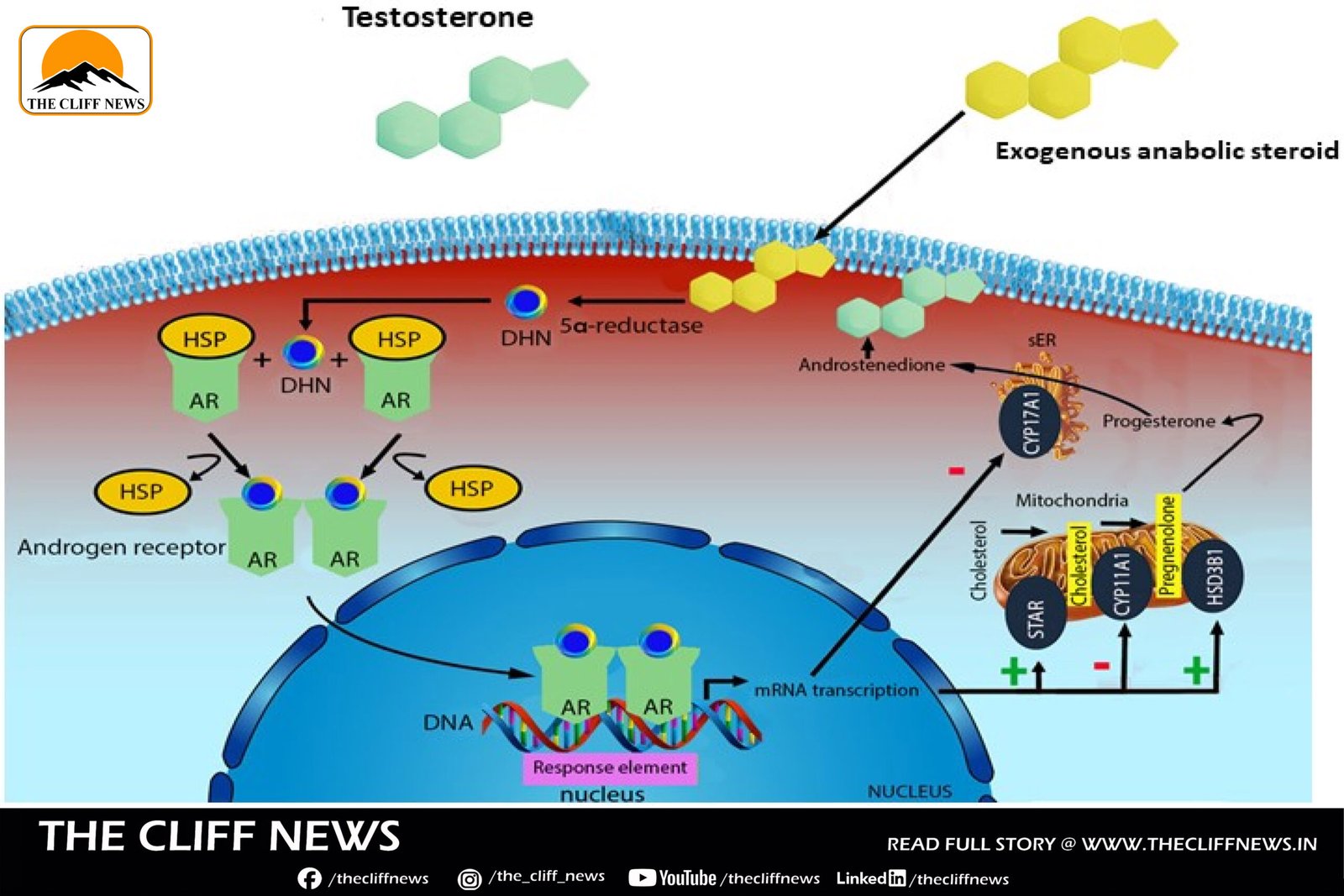What Are Anabolic Steroids?
Anabolic–androgenic steroids (AAS) are synthetic derivatives of the male hormone testosterone. Medically, they’re prescribed—under strict supervision—for conditions like hypogonadism (when the body doesn’t produce enough sex hormones), certain types of anemia, and muscle-wasting illnesses. In these contexts, doses and preparations are carefully controlled to maximize benefit and minimize risks.
However, outside medical settings, AAS are widely misused to accelerate muscle growth, enhance athletic performance, or boost confidence and well-being. They come in two main forms:
- Oral tablets or capsules (e.g., oxandrolone, commonly known as “Anavar”)
- Injectable oils or water-based solutions (e.g., testosterone esters, trenbolone)
Who Is Using Them—and Why?
Despite legal restrictions—possession without a prescription can carry severe penalties in Australia—AAS misuse is growing, especially among young men (and increasingly women) drawn to:
- Social-media-driven ideals of hyper-muscular bodies
- Peer pressure in gym subcultures (“gym bro” networks)
- Promises of rapid gains without recognizing long-term health risks
Studies suggest that many first-time users are late teens or early twenties, inspired by fitness influencers flaunting dramatic transformations. They often start their “first cycle” with no medical oversight, relying entirely on online vendors or local gym contacts.
Risks of Unregulated Products
Our recent analysis of 28 products from Australia’s underground market revealed alarming safety gaps:
- Mislabelling: Over 50% of samples didn’t contain what their labels promised. For instance, a vial marked as 200 mg/mL testosterone enanthate actually held 159 mg/mL of trenbolone (a far more potent—and riskier—steroid) and no testosterone.
- Incorrect Potency: “Anavar” tablets labeled 10 mg sometimes contained as little as 6.8 mg of oxandrolone. Only 4 of 28 products matched their label within a 5% margin.
- Heavy-Metal Contamination: Every sample tested showed measurable levels of lead, arsenic, or cadmium—contaminants linked to cancer, heart disease, kidney damage, and neurological harm.
Why It Matters
When users unknowingly inject or ingest the wrong compound—or toxic impurities—they expose themselves not just to the known side effects of steroids (hormonal imbalances, liver stress, cardiovascular strain) but also to potentially life-threatening heavy-metal poisoning.
Key Takeaway
Anabolic steroids carry significant risks even under medical supervision. In underground markets, where quality control is non-existent, those risks multiply—underscoring the urgent need for greater education, harm-reduction outreach, and enforcement against illicit supply chains.



